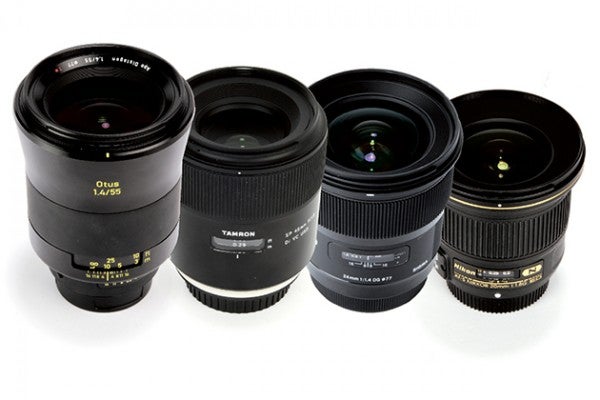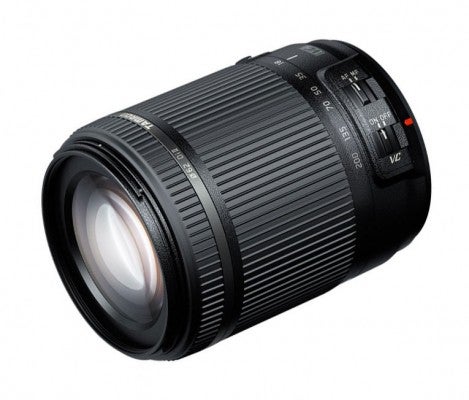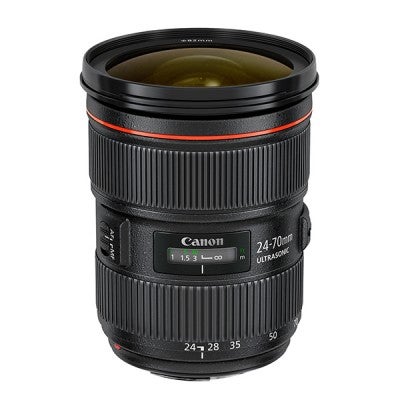Which lens should you pack in your bag if you’re heading out on a long holiday or trip?
When you’re travelling you’ll generally want to be keeping your bag as light as possible. If you’ve decided you’re going to pack your DSLR or CSC, you are likely to only want to carry minimal lenses around – not only to save on weight, but also to save the hassle of changing lenses all the time.
Many will argue about which is the best kind of lens to carry if you’re only going to take one, so we’ve lined out some of the pros and cons here to help you choose the right lens for you.
Prime lenses

If you use a prime lens, you only get one focal length to work with. However, this arguably makes you think more carefully about your composition, forcing you to “zoom with your feet” (get closer to the subject). You’ll also generally find that prime lenses offer a wide maximum aperture, which is great for low light shooting, portraits, or isolating a subject. You can also pick up some prime lenses very cheaply. Which lens you go for may depend on the camera you’re using, remembering that the size of the sensor affects the focal length of your lens.
If you’re using a full-frame sensor, whatever number is printed on the lens is the equivalent focal length. If you’re using an APS-C sized sensor, you should multiply the number on the lens by 1.5 (for Nikon and Sony), or by 1.6x (for Canon). So for example, a 30mm lens becomes 45mm or 48mm.
Meanwhile, if you’re using a Four Thirds sensor, then you should double the printed length on the lens. So a 25mm lens becomes 50mm equivalent.
Classic walk around focal lengths are often considered to be 28mm, 35mm and 50mm, so aim to get as close to these lengths as you can when choosing a prime lens for travelling. These lengths should be good for street scenes, travel portraits, architecture and landscape shots.
Prime lenses pros and cons for travel:
Pros:
- Lightweight
- Cheap
- Wide aperture
- Good for low light
Cons:
- Not flexible
- Not useful for distant subjects
- All of your photos have a similar look
Read more:
Best standard prime lenses for DSLRs
Prime lenses: Advanced technology guide
The Best 50mm Prime lenses
Superzoom travel lenses

Many people who only want to have one lens, but want the flexibility to shoot a wide variety of different subjects will lean towards a superzoom option.
These generally offer a focal length covering a vast range, such as 18-200mm, 18-250mm and 18-300mm allowing you to shoot wide angle scenes, all the way up to telephoto subjects. It’s worth noting that generally these types of zooms won’t be available for full-frame cameras, but you can find them for APS-C and Four Thirds sensor cameras.
Although you get a huge degree of flexibility, there are some downsides to using lenses of this kind. The maximum aperture is usually only around f/3.5-f/5.6, which is not so useful for low light shooting and creating shallow depth of field effects. You’ll also usually find that optical quality is not nearly as high as prime lenses, which can lead to softer images. Some will also argue that using a lens like this is a little bit lazy for your composition.
Superzoom travel lenses pros and cons
Pros:
- Flexible
- Good value
- Saves hassle of changing lenses
Cons:
- Narrow maximum aperture
- Lower optical quality
- Lazy composition
Read more:
Best superzoom lenses for DSLRs
Mid-range travel zoom lenses

A mid-range travel zoom represents a great compromise between the high image quality of a prime lens, and the flexibility of a superzoom.
Many full-frame users will be familiar with the 24-70mm classic focal length, which gives you good scope to shoot a range of subjects starting with landscapes up to portraits. These lenses generally have a wide constant maximum aperture of f/2.8, which makes them great for low light shooting and for portraits and other subjects where you want to create a shallow depth of field effect.
Although you can use 24-70mm lenses on APS-C format cameras, there are also other options, including a 16-80mm f/2.8-f/4 lens (for Nikon), which make for great walk around cameras that you can use every day without worrying about changing the lens.
For Four Thirds cameras, you should look out for 12-35mm lenses, which give you that classic 24-70mm look.
The biggest problem with these lenses is cost. Quite simply, they’re not cheap so you’re going to need a reasonably large budget if you want to add one of these to your kit bag. On the plus side, as a lens which has a great degree of flexibility, you could find you don’t need to invest in too many others.
Mid-range travel zoom pros and cons:
Pros:
- Flexible
- High image quality
- Wide maximum aperture range
Cons:
- Expensive
- Not as wide maximum aperture as prime lenses
Read more:




